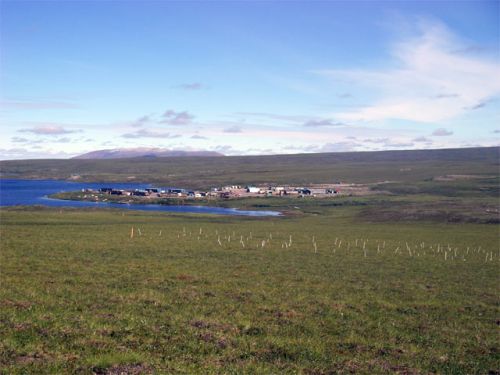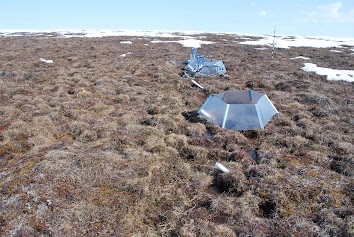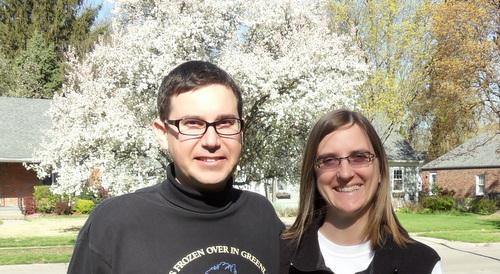

What are some of the ways that the team is using to find answers to questions about the nitrogen availability and the effect of lengthening of the growing season on the tundra ecosystem? The team has established study plots to look at variables such as temperature and moisture, as well as varying the length and timing of the growing season by advancing snow melt and also by warming the ecosystem. A key component of the project is placing shade cloth on some plots, resulting in an earlier snow melt and also a warming of the soil in that plot. Other tests are ongoing to learn about root development, content of N in the plants, onset of leaf out, ecosystem output of soil respiration, and microbial activity in the soils. Lab experiments are also done to look at how much temperature limits soil microbe activity. This means I will get to experience a wonderful variety of field and lab work; I am really looking forward to this interdisciplinary project that combines ecology and biochemistry in the amazing setting of the Arctic tundra. You can find out more about the project by visiting the website: EcosystemAn ecological community together with its environment, functioning as a unit. and Soil Ecology Laboratory Check out the video of pulling shade cloth across the snow covered plot!
Dr. Weintraub and his wife were excellent hosts for my stay, inviting me into their home, sharing delicious home cooked meals, and introducing me to the wonderful metro park system in Toledo. We had a fantastic taco dinner at their house with everyone from the lab, and I sure appreciated everyone's' friendliness and hospitality!



Comments